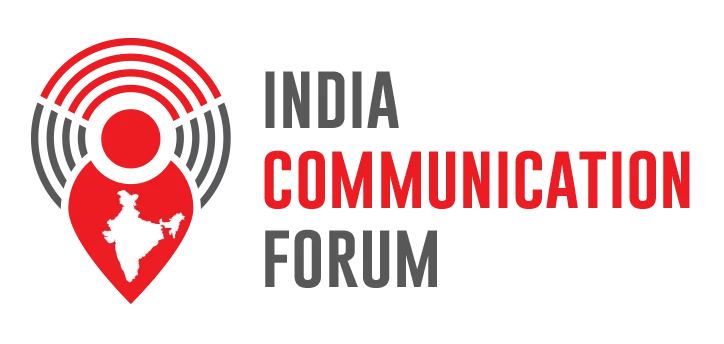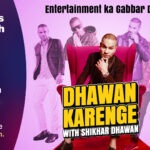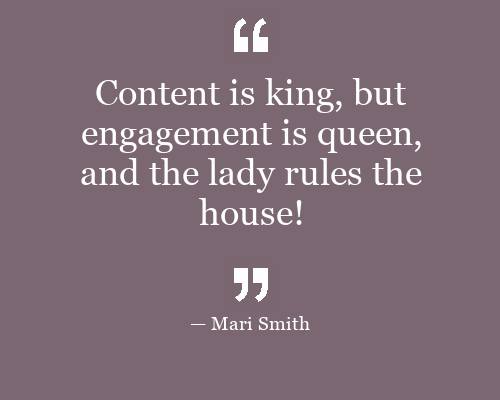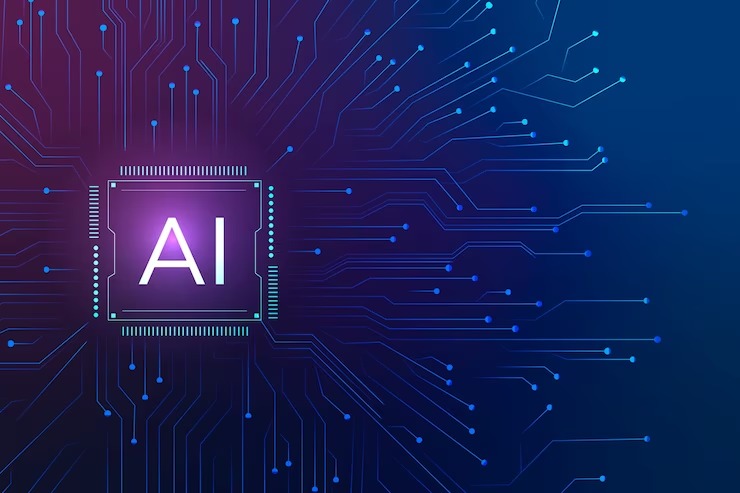By Ramakant Chaudhary
Amidst the labyrinthine maze of Indian politics, Narendra Modi stands as a towering figure, not merely as a leader but as a squarely crafted brand. From his humble beginnings as a party worker to his ascension to the highest office in the country, Modi’s journey has been punctuated by strategic PR manoeuvres that have not only modified his image but have also struck a chord with the masses. The nuances of Modi’s masterful PR communication strategies have unambiguously cemented his brand identity. However, what truly sets Modi apart is his ability to connect with the masses on a personal level. His PR strategies go beyond mere slogans; they tap into the aspirations and sentiments of the Indian populace. Modi’s communication is not just about delivering speeches; it’s about telling a compelling story of hope, progress, and national pride.
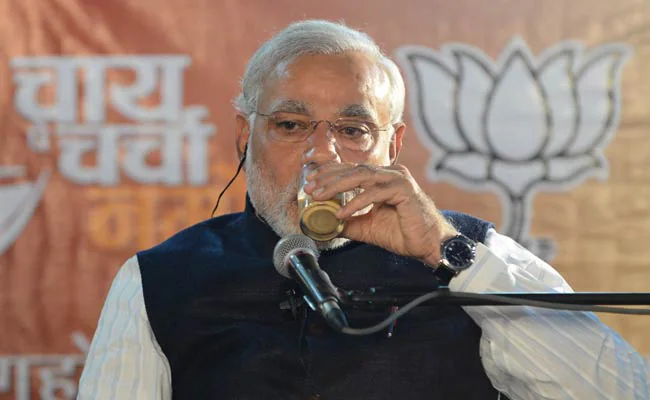 Whether it’s “Sabka Saath, Sabka Vikas,” “Achhe Din,” “Pradhan Sevak,” “Beti Bachao, Beti Padhao”, “Vocal for Local”, “Make in India”, “Double Engine Ki Sarkar,” “Teesri Baar Modi Sarkar, Abki Baar 400 Paar,” or “Modi Ki Guarantee,” PM Modi’s electoral campaign taglines have reverberated widely across the country. These slogans encapsulate the essence of his vision to serve the nation and effect revolutionary change in people’s lives.
Whether it’s “Sabka Saath, Sabka Vikas,” “Achhe Din,” “Pradhan Sevak,” “Beti Bachao, Beti Padhao”, “Vocal for Local”, “Make in India”, “Double Engine Ki Sarkar,” “Teesri Baar Modi Sarkar, Abki Baar 400 Paar,” or “Modi Ki Guarantee,” PM Modi’s electoral campaign taglines have reverberated widely across the country. These slogans encapsulate the essence of his vision to serve the nation and effect revolutionary change in people’s lives.
Each tagline represents a strategic communication move, portraying Modi as a leader firmly rooted in the soil of India, committed to the welfare of its citizens. His adeptness in connecting and engaging with the masses through these slogans has left an indelible mark on the political landscape.
These taglines not only serve as rallying cries for his supporters but also convey a sense of assurance and promise to the electorate. They symbolize Modi’s steadfast dedication to governance, progress, and inclusivity, making them potent tools in his political arsenal. Through these taglines, PM Modi has effectively crafted a narrative that strikes chord with the aspirations and hopes of millions of Indians, cementing his position as a formidable leader on the national stage.
‘Mann Ki Baat’, an iconic radio program, serves as a significant channel of communication through which Prime Minister Modi has cultivated a trusted rapport with citizens. It has emerged as a cornerstone of communication between the government and the people of India. Through this platform, PM Modi addresses the nation, sharing his thoughts, ideas, and vision directly with the citizens. It serves as a bridge between the leadership and the public, building a sense of unity and understanding.
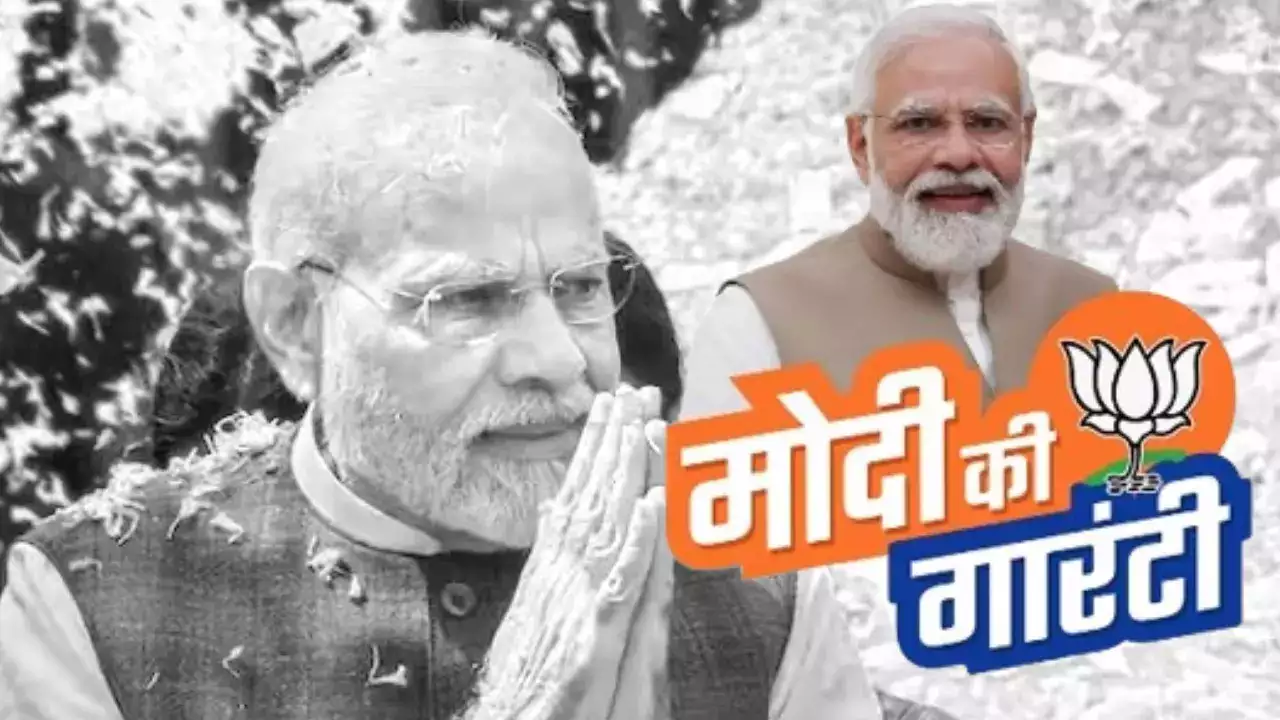
During the high-stakes 2019 election campaign, one of the standout PR exercises was Modi’s ‘non-political interview’ with Bollywood actor Akshay Kumar. This unconventional move, aimed at showcasing Modi’s softer and more relatable side, not only captured widespread attention but also struck a chord with diverse segments of the population. By leveraging the reach and appeal of popular culture, Modi effectively humanized his image, making him more approachable to the masses.
A cornerstone of Modi’s communication strategy has been his adept handling of reputation crises. Despite facing severe backlash over contentious policies such as demonetization and GST, as well as allegations of corruption in defense deals, Modi managed to weather the storm by strategically deploying PR narratives that countered negative publicity. Through carefully curated stories and messaging, Modi was able to deflect criticism and maintain his credibility among the electorate.
Another pivotal aspect of Modi’s brand evolution has been his image makeover. From his early days as a grassroots worker clad in Khadi to his MODI-fication into a statesman-like figure donning tailored suits, Modi’s sartorial choices have mirrored his political journey. The shift in his attire symbolizes not just a personal transformation but also a strategic rebranding aimed at projecting a modern and progressive image to both domestic and international audiences.
At the heart of Modi’s PR strategy lies his ability to deliver the right message at the right time. His speeches are carefully created to follow a narrative arc that resonates with the masses. By framing himself as the quintessential underdog hero who triumphs over adversity, Modi effectively taps into the collective aspirations and sentiments of the electorate, positioning himself as a beacon of hope and change.
During times of crisis, Modi’s Public Relations playbook emphasizes the importance of projecting his humane side and refraining from engaging in confrontational rhetoric. By adopting a measured and composed approach, Modi not only avoids escalating tensions but also projects an image of stability and leadership in the face of adversity. His calculated silence on contentious issues such as mob lynching, Manipur mayhem and unemployment figures has been instrumental in defusing potential controversies and maintaining his aura of authority.
Modi’s electoral successes can be attributed in large part to his ability to connect with the emotions of the Indian electorate. In the landmark 2014 elections, Modi tapped into the collective frustrations of the youth, farmers, Aam Aadmi, and businessmen, promising a brighter future with his slogan of ‘Achhe Din Aane Wale hai’. This message struck a chord with millions of disillusioned voters, propelling Modi to power with a resounding mandate.
Similarly, during the 2019 election campaign, Modi capitalized on the wave of nationalism following the Balakot air strikes, positioning himself as a strong and decisive leader capable of safeguarding the nation’s security interests. By tapping into the patriotic fervour of the electorate, Modi galvanized support and secured a landslide victory, further solidifying his image as a charismatic and visionary leader.
Whenever opposition parties launched personal attacks on Modi, they often found themselves backfiring, thanks to Modi’s strategic communication tactics that put his opponents on the defensive. One such instance was the “Chowkidar Chor Hai” slogan coined by the Congress to tarnish Modi’s image in light of the demonetisation and Rafale scam controversies. However, Modi turned the tables in his favour by launching the “Main Bhi Chowkidar” campaign, catching his opponents off guard and reaping substantial electoral benefits.
In another episode, during the 2014 elections, Congress leader Mani Shankar Aiyar made a disparaging remark suggesting that Modi, coming from humble beginnings, was unfit to be prime minister and could only sell tea at Congress gatherings. Responding swiftly, Modi’s team orchestrated the “Chai Pe Charcha” campaign, effectively putting Congress on the backfoot and showcasing Modi’s connection with the common people.
These instances underscore Modi’s adeptness at converting adversities into opportunities through strategic communication, ultimately bolstering his political stature and resonance with the masses.
Put simply, Narendra Modi’s political brand underlines the power of effective PR communication in shaping public perceptions and influencing electoral outcomes. His ability to adapt his messaging, connect with diverse audiences, and navigate through crises with finesse underscores the importance of strategic communication in modern politics. As Modi continues to chart his course on the turbulent seas of Indian politics, his brand stands as a shining example of effective leadership and communication in the digital age.
 Ramakant Chaudhary is senior journalist and currently working with PRP Group as Content Head. He has worked in various editorial roles with Financial Express, Mint (Hindustan Times Group), The Times Of India, Jagran Post (Dainik Jagran Group), The Pioneer, and The Political and Business Daily. He writes going beyond headlines on: politics, government policy, economy, infrastructure, real estate, education, social issues, lifestyle, and health.
Ramakant Chaudhary is senior journalist and currently working with PRP Group as Content Head. He has worked in various editorial roles with Financial Express, Mint (Hindustan Times Group), The Times Of India, Jagran Post (Dainik Jagran Group), The Pioneer, and The Political and Business Daily. He writes going beyond headlines on: politics, government policy, economy, infrastructure, real estate, education, social issues, lifestyle, and health.
